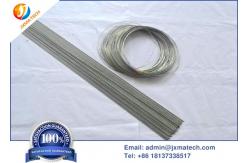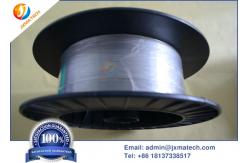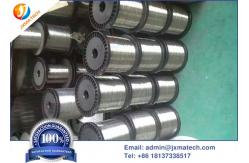Customized Size Nickel Based Alloys 52 Wire For Electronic Applications
|
Alloy 52 wire UNS K95050 N14052 ASTM F30 for welding filler rod Diameter 3.2mmThe Ductility-Dip Crack (DDC) existed in the nickel base alloy weldment during the high heat input GTAW cladding processwhere Alloy 52 is used as filler metal. This study is focused on the formation mechanism of DDC and its influencing factor. The formation temperature range is known asthe Ductility-Dip Temperature Range (DTR). The Failure Map of Alloy 52 was constructed by changing the temperature and strain parameter.The DDC test method wasdesignedthat stress is to be hold during the test. Grain boundary will rupture due to the DDCas the specimen temperature is raised to DTR.The Failure Map of strain versus temperature showed the trend of drop first and followed by rise as the temperature increase in DTR. A minimum of 2% for strain threshold value happenedat 900°Cwhich is the most DDC sensitive temperature. It can be speculated that the ductility of Alloy 52 were inadequate at 900°Cwhen loaded.
Alloy 52 wire / N14052 Alloy 52 contains 52% nickel and 48% iron and is widely used in the telecommunications industry. It also finds application in a wide variety of electronic applications, especially for glass seals. Also known as: Pernifer 502, NILO 50, Glass Seal 521 UNS K95050 N14052 ASTM F30
At present, in order to repair the damage of components or pipeline welding parts in nuclear power plants, in addition to replacing the materials with better corrosion resistance, such as Alloy 690 / 52 / 152 (4-7) and other nickel based materials with higher chromium content, the cladding method can also be used for protection; the cladding method is mainly to use alloy outside the welding and corrosion aging pipelines 52 / 152 and other high chromium electrodes can be directly covered or welded in the pipe. On the one hand, they can prevent new cracks from forming inside, and on the other hand, they can prevent the original cracks from growing outward and causing leakage of boiler water
Chemical composition:
Minimum mechanical properties of alloy 52 at room temperature: Alloy and condition tensile strength RM n / mm2 yield strength rp0.2n/mm2 elongation a5% Brinell hardness h 200
Applications: Typical applications of alloy 52 are: 1. Heating pipes, containers, baskets and chains for sulfuric acid pickling plant. 2. Sea water cooling heat exchanger, marine product pipeline system, acid gas environment pipeline. 3. Heat exchanger, evaporator, washing and impregnating pipe in phosphoric acid production. 4. Air heat exchanger in refining 5. Food Engineering 6. Chemical process 7. Flame retardant alloy for high pressure oxygen application
|
||||||||||||||||||||||||||||||||||||||||||||||||||||||||||||||||||||||||||||||||||||||||||||||||||||||||||||||||||||||||||||||||||||||||||||
| Product Tags: ni based alloys nickel based superalloys | ||||||||||||||||||||||||||||||||||||||||||||||||||||||||||||||||||||||||||||||||||||||||||||||||||||||||||||||||||||||||||||||||||||||||||||
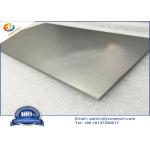
|
High Magnetic Flux Soft Magnetic Alloy Plate 1J22 Plate |
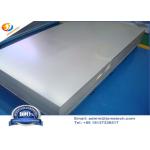
|
High Coefficient Of Thermal Expansion Co50V2 1J22 Permalloy Plate |
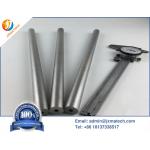
|
Soft Magnetic Precision Alloy 1j50 Permalloy Round Rod Bar |
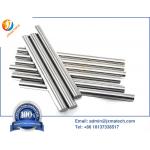
|
1j22 Soft Magnetic Precision Alloy Rod Fe Co 49V2 Permendur Bar |
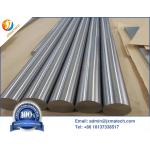
|
4J29 Kovar Precision Alloy Round Bar And Rod ASTM F15 |
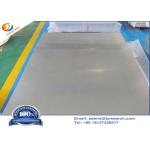
|
Kovar Alloy 4J29 Plate Invar 4J32 4J33 4J34 4J36 Sheet |

